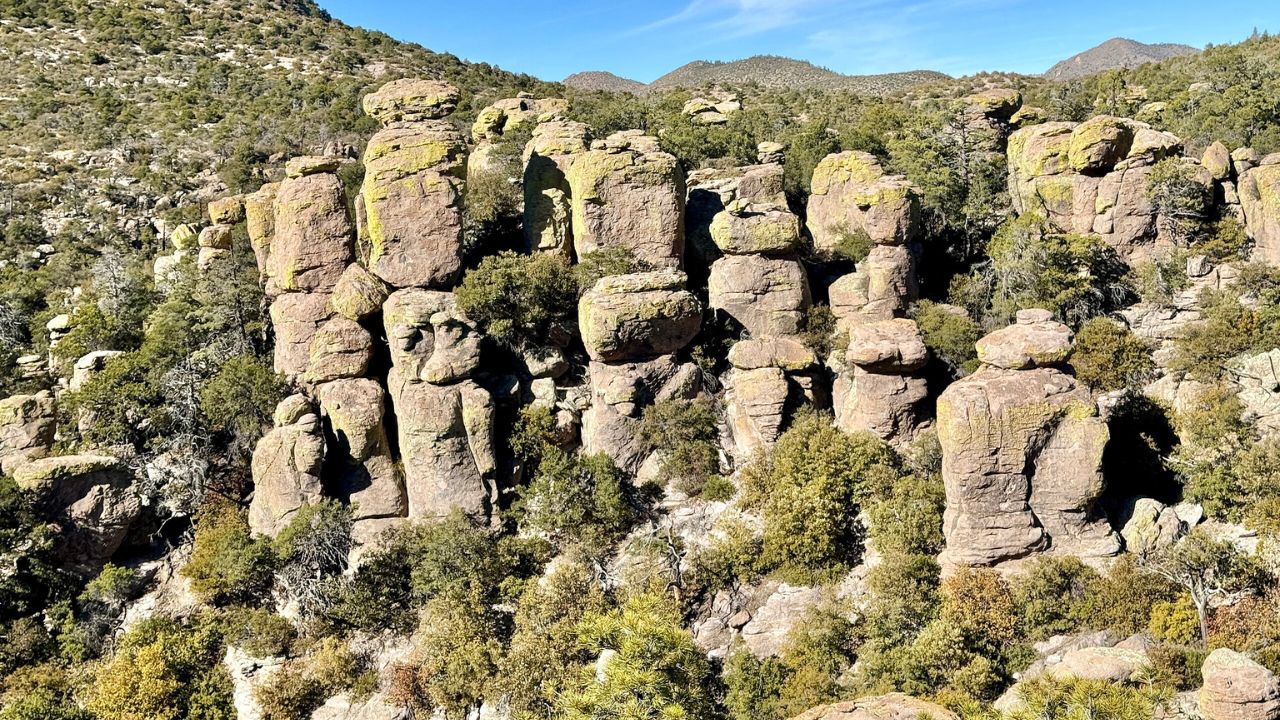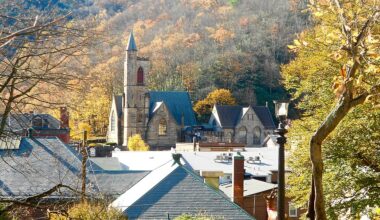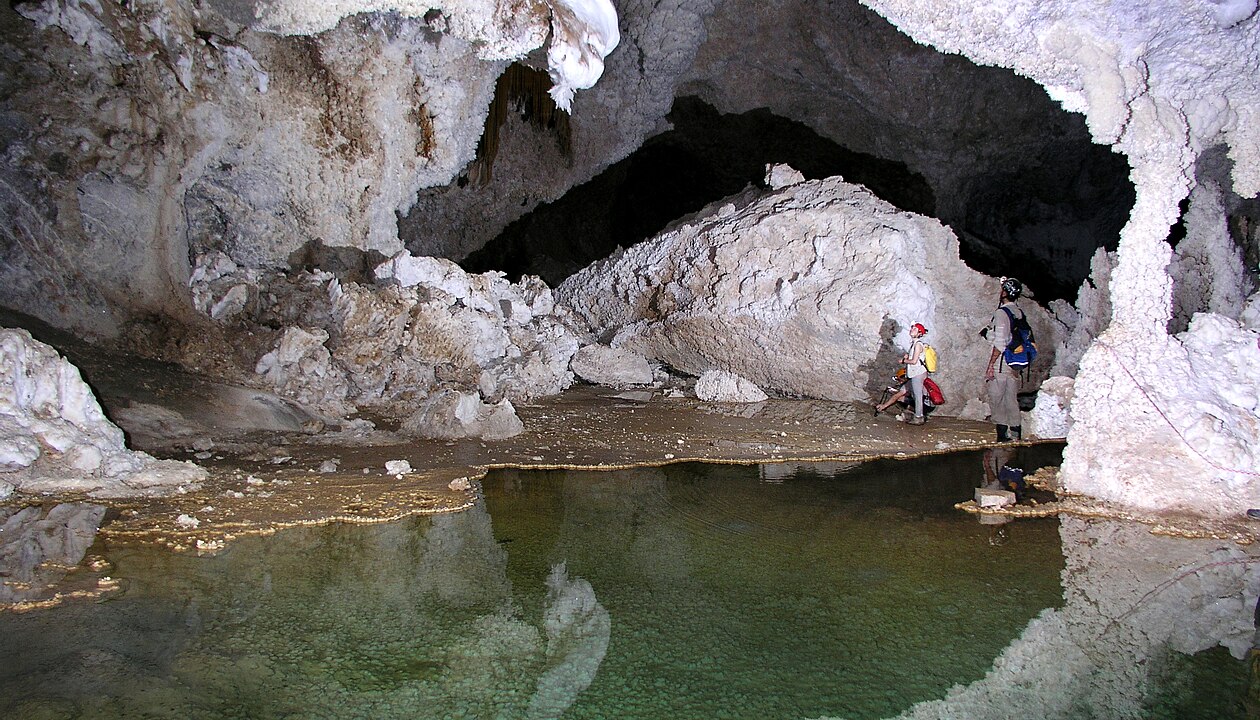National monuments and historic parks often sit off the main tourist map, yet they hold big stories and easy day hikes. From 1860s forts to 1960s fossils, these places mix clear facts with quiet trails. Rangers keep hours, fees, and safety rules posted, so you always know what is allowed. Most sites work for a weekend plan, many are free or low cost. Pack water, wear sturdy shoes, and stay on marked paths. This list gives dates, distances, and simple tips to help a first visit go smoothly.
1. Chiricahua National Monument, Arizona’s Wonderland of Rocks
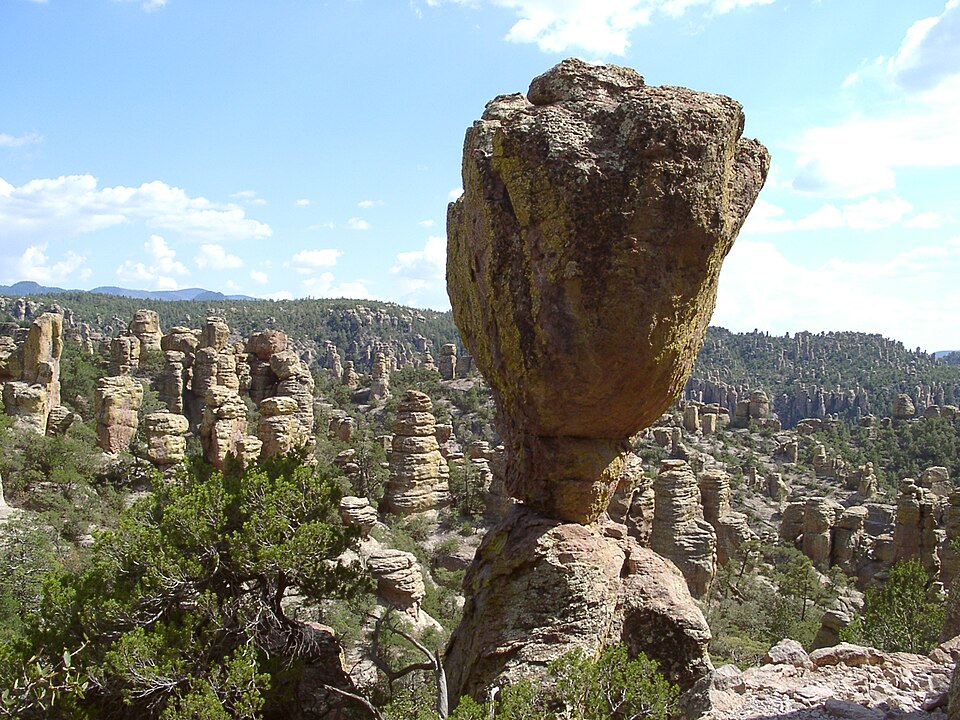
Chiricahua National Monument, Arizona, protects a maze of volcanic rock called hoodoos. Created in 1924, it includes an 8 mile scenic drive up Bonita Canyon and historic trails built by the Civilian Conservation Corps in the 1930s. The Heart of Rocks loop shows balanced spires shaped by frost and rain. Summer heat often tops 90°F, so start early and carry at least 2 liters of water. Stay on signed routes, and keep 25 yards from wildlife. Roadside pullouts have railings for cliff edges. Faraway Ranch, an 1880s homestead, explains local history.
2. El Morro National Monument, New Mexico’s Inscription Rock
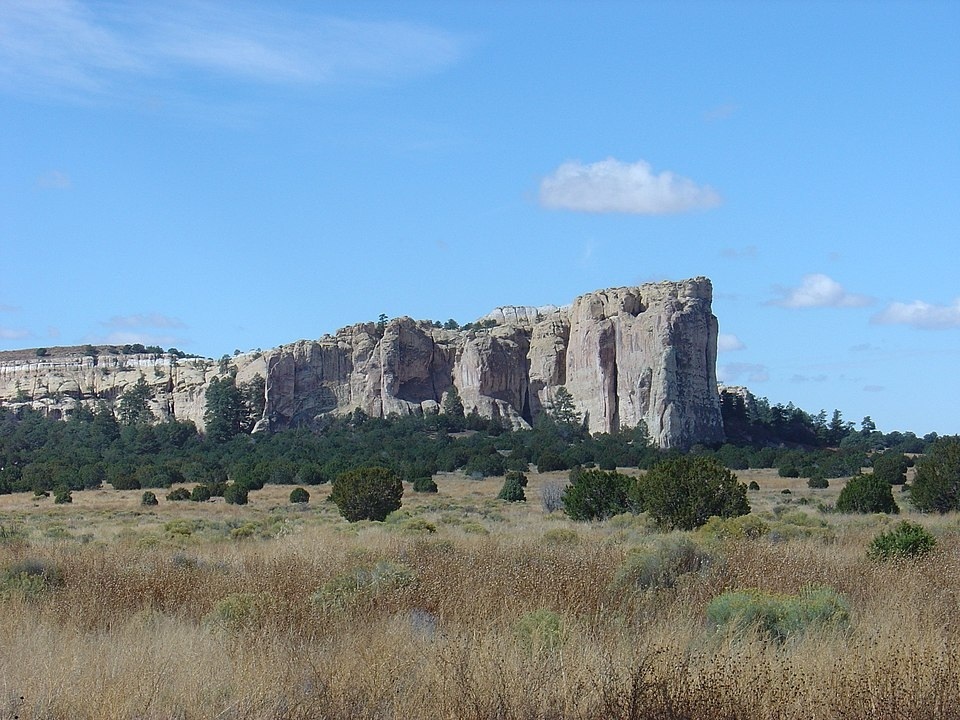
El Morro National Monument in New Mexico centers on Inscription Rock, where travelers carved names as early as 1605 beside a year round pool. The Headland Trail climbs to mesa views and Puebloan room blocks on a signed, 2 mile route. President Theodore Roosevelt listed the site in 1906 under the Antiquities Act. Do not touch carvings, oils can damage sandstone. Afternoon storms bring lightning from June to August, so check the sky and descend if thunder starts nearby. Sturdy shoes help on stairs and narrow ledges at the top.
3. Florissant Fossil Beds, Colorado’s Ancient Lake Story
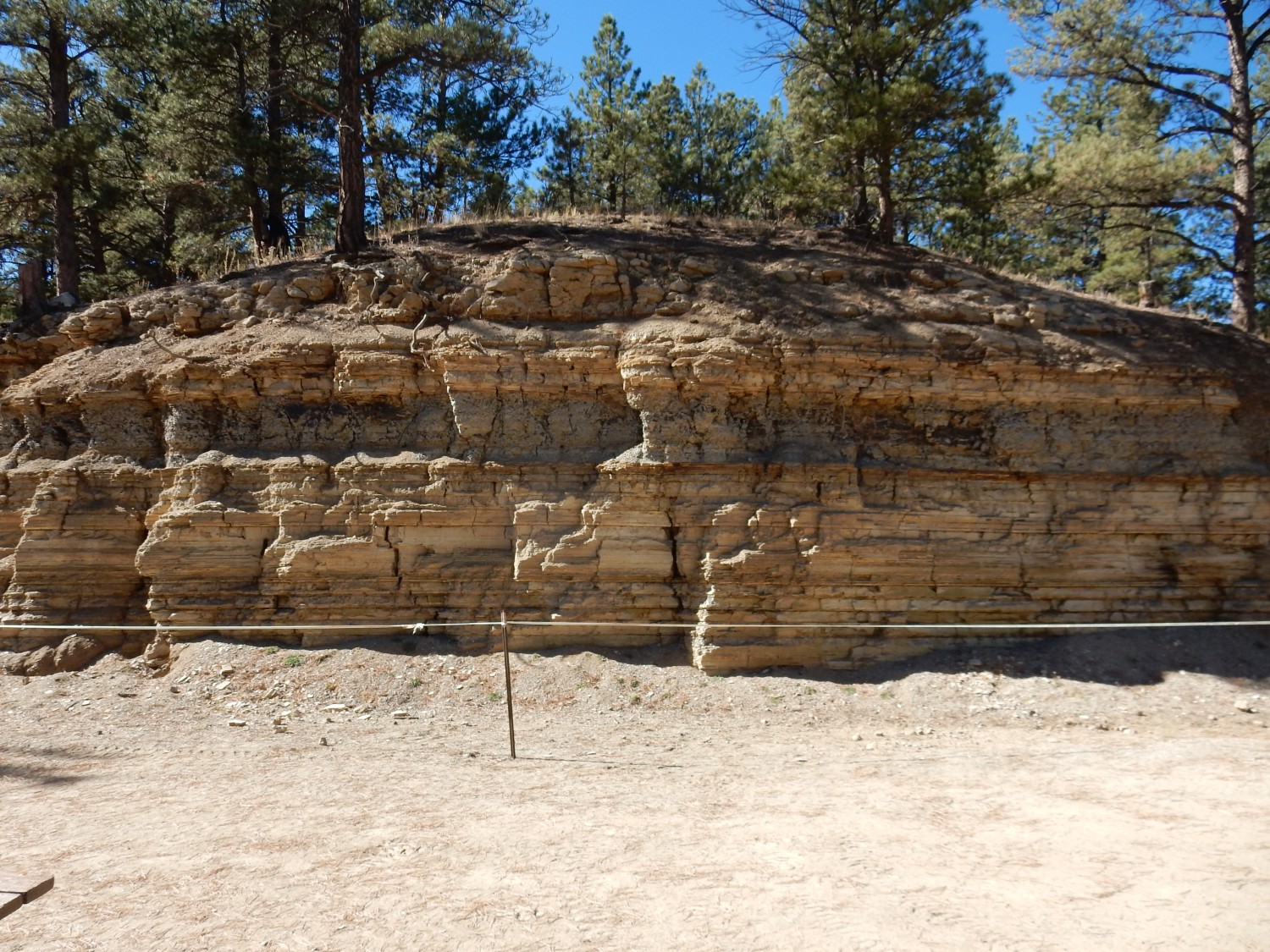
Florissant Fossil Beds National Monument, Colorado, preserves a 34 million year old lake bed and giant petrified redwood stumps, some more than 10 feet wide. Congress established the site in 1969 after a local push to save the fossils. Easy trails loop past exhibits, and the visitor center displays insects and leaves trapped in paper thin shale. At 8,400 feet, sun is strong and weather shifts fast. Drink water, wear a hat, and watch for afternoon hail in July. Do not collect rocks, even small chips.
4. Hovenweep, Tower Ruins on the Utah and Colorado Line
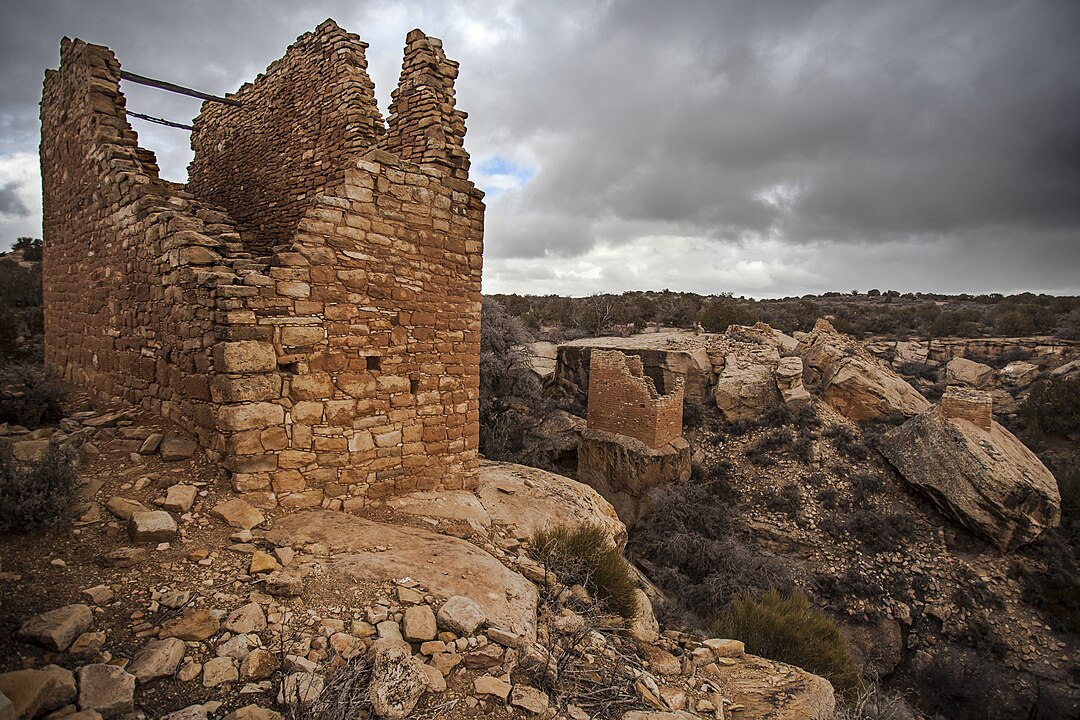
Hovenweep National Monument spans the Utah and Colorado line with stone towers built by the Ancestral Pueblo people in the 1200s. The park was proclaimed in 1923 and protects villages clustered around springs. The Square Tower loop is about 2 miles and crosses open slickrock with little shade. Never climb on walls or enter rooms, it harms fragile masonry. Summer highs top 90°F, and trails close after dark. Carry a map, and let someone know your plan if hiking alone. A small visitor center offers water and up-to-date trail advice.
5. Fort Union, New Mexico’s Santa Fe Trail Depot
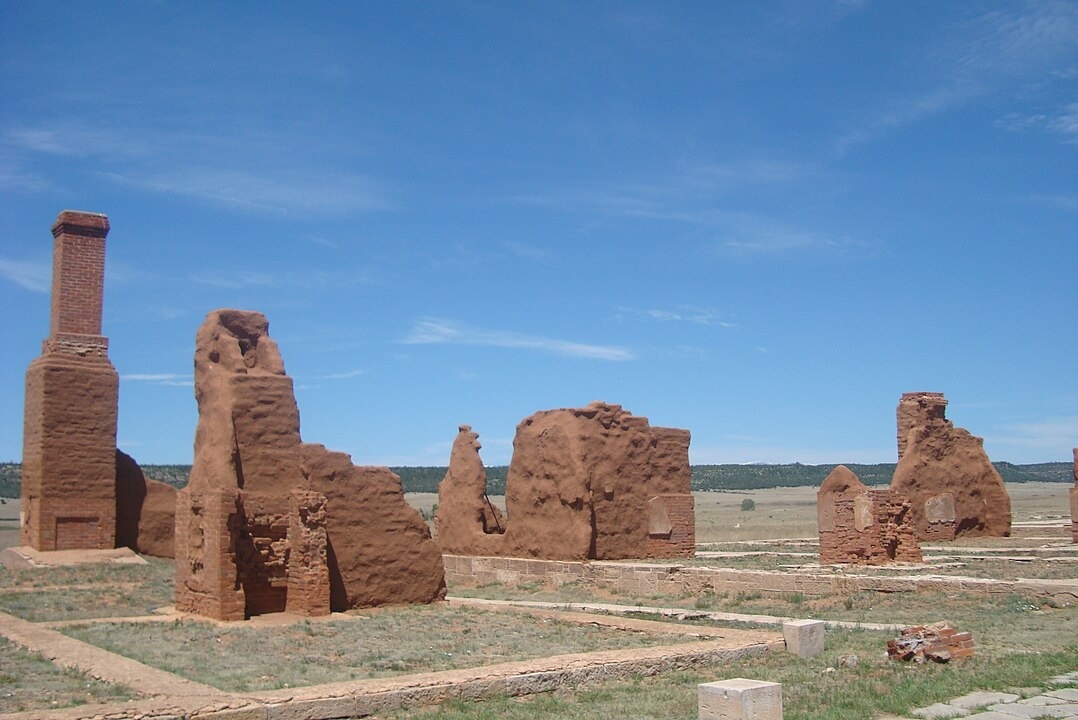
Fort Union National Monument in New Mexico covers the ruins of a U.S. Army depot that supplied the Santa Fe Trail from 1851 to 1891. Congress created the park in 1956 to protect adobe walls and wagon ruts that still score the prairie. A level loop passes barracks, shops, and the hospital. Strong winds are common from March to May, so secure hats and keep dust out of cameras. Stay behind ropes, and avoid standing in doorways where bricks can loosen after heavy summer storms. Freight once traveled roughly 800 miles between Missouri and New Mexico.
6. Effigy Mounds, Iowa’s Bear and Bird Shapes
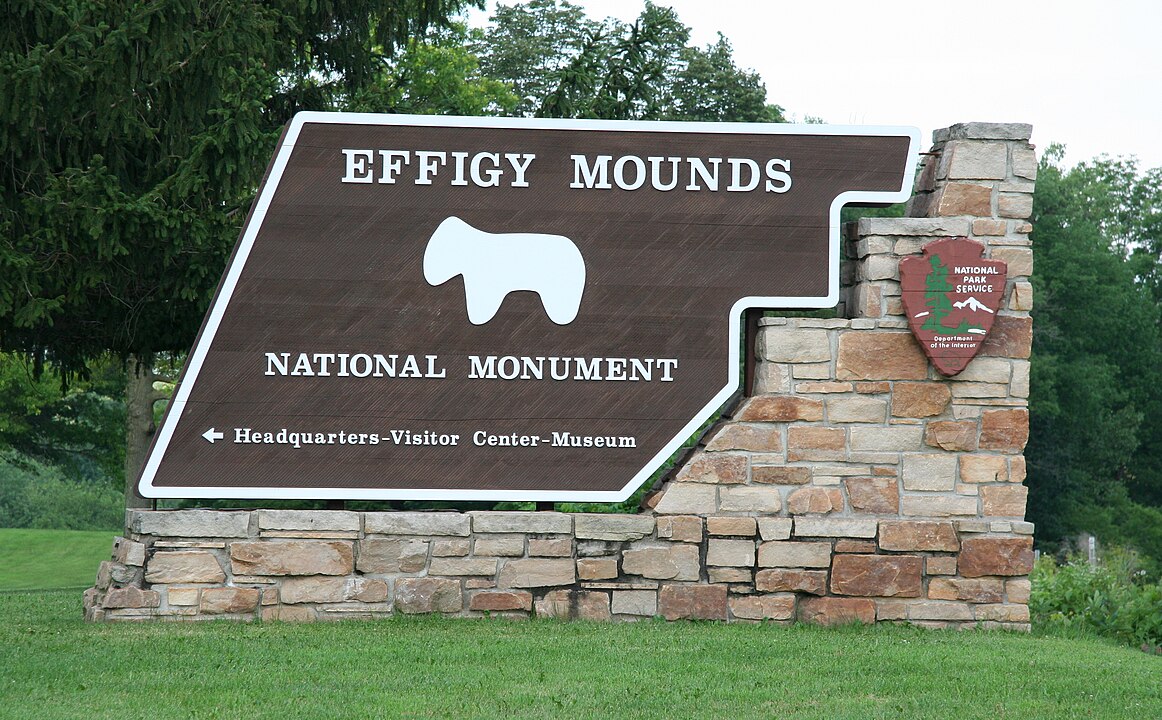
Effigy Mounds National Monument, Iowa, includes more than 200 earthen mounds, with many shaped like bears and birds. The site was established in 1949 to protect these sacred forms along the Mississippi River bluffs. Trails climb quickly, then level out to overlooks that sit hundreds of feet above the water. Winter brings snow and quiet paths, while spring mud can be slick. Remain on tread, and never step on mounds, a rule posted at each trailhead. Pets stay leashed along the routes. Trail maps list distances in miles and kilometers.
7. Katahdin Woods and Waters, Maine’s Dark Sky Road
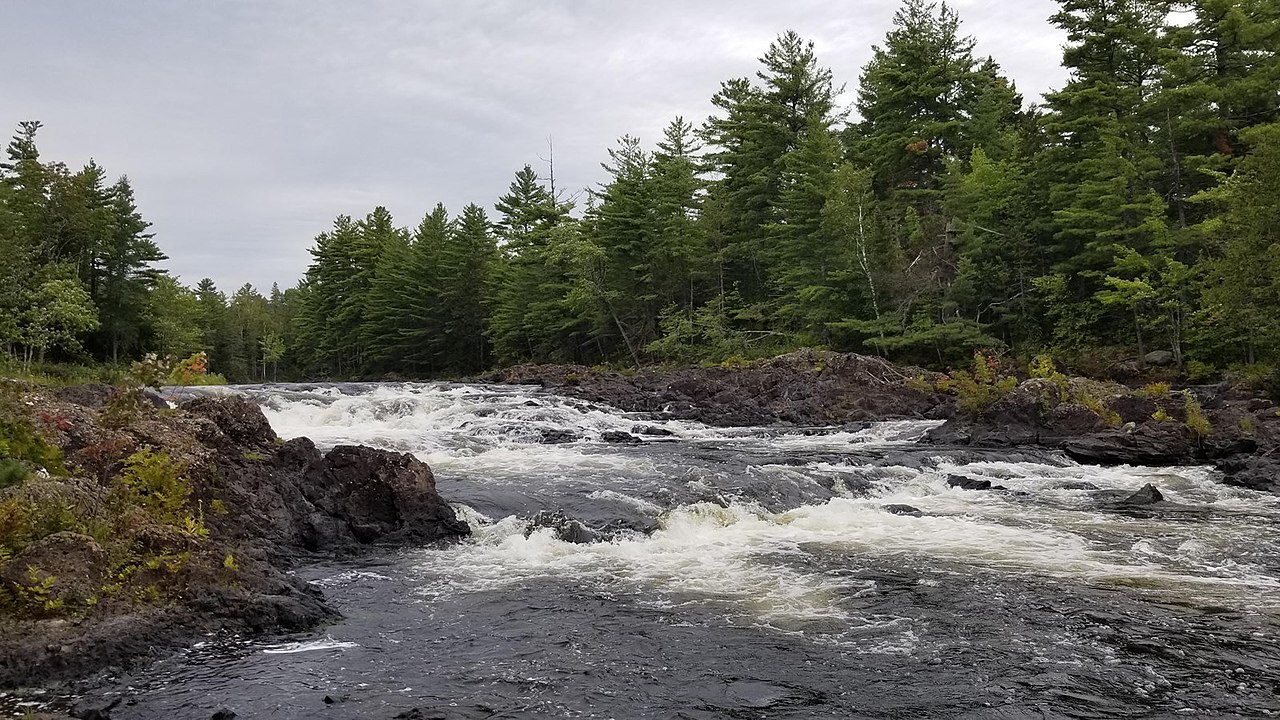
Katahdin Woods and Waters National Monument, Maine, was designated in 2016 and spans about 87,500 acres east of Baxter State Park. A gravel loop road opens seasonal views of Mount Katahdin and the East Branch Penobscot River. The area became an International Dark Sky Sanctuary in 2020, so plan for star watching on clear nights. Cell service is limited, maps are essential, and black flies peak in late May. Speed is 20 to 25 mph on dirt, and moose have the right of way. Some gates close after snowfall, so check seasons before you drive.
8. Russell Cave, Alabama’s Shelter Through Time
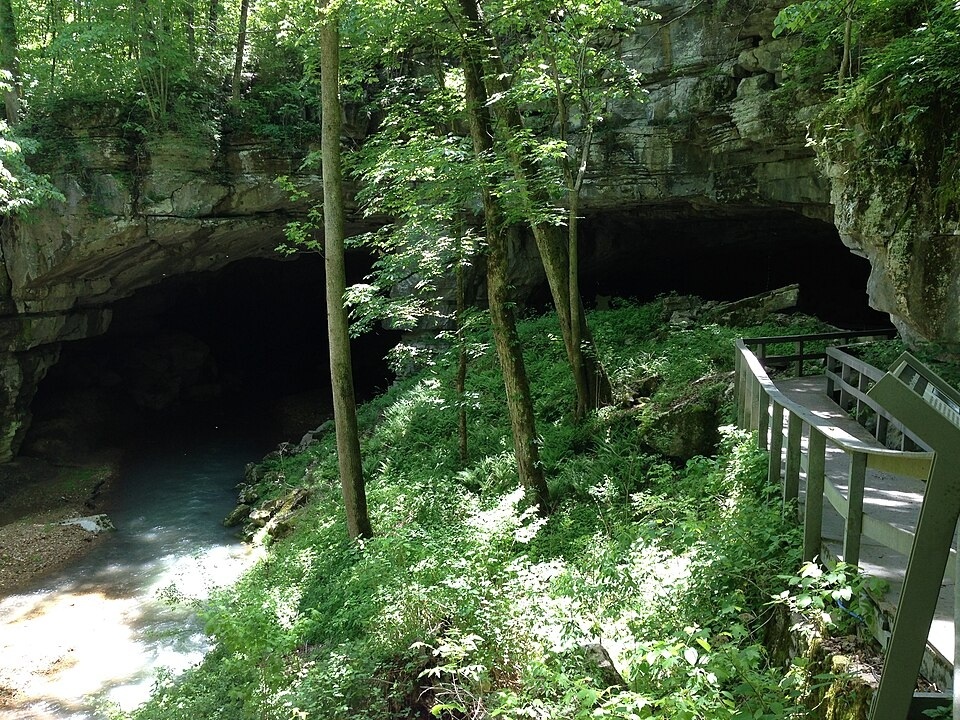
Russell Cave National Monument, Alabama, protects a limestone shelter used by people for thousands of years. The National Park Service took over in 1961, and archaeologists found tools and hearths from many eras. A boardwalk leads to the shaded entrance, where cool air makes summer visits comfortable. Trails cross tick prone grass, so tuck pants into socks and use repellent. The cave stream can rise quickly after storms, and rangers may close access when flows run high. Exhibits explain stone points and radiocarbon dates used to build the timeline.
9. Fort Monroe, Virginia’s Moat and Freedom Story
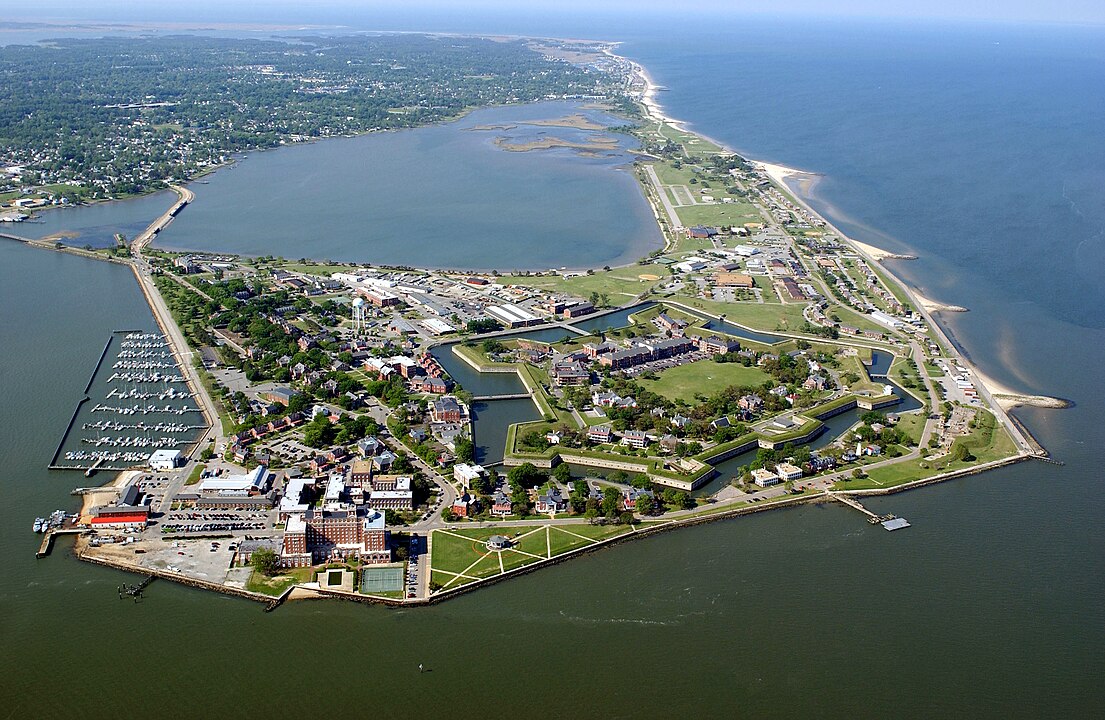
Fort Monroe National Monument, Virginia, includes a stone fort finished in 1834 with a broad moat and views of the Chesapeake Bay. President Barack Obama proclaimed the site in 2011, honoring a place where, in 1861, escaped people gained protection as “contraband.” Casemate Museum exhibits show the timeline. Walk the ramparts on signed sections, and keep children away from walls. Wind picks up fast on open water days, so secure hats and watch slick bricks after rain. Leash length for pets is 6 feet, a standard park safety rule.
10. Agate Fossil Beds, Nebraska’s Prairie Bone Hills
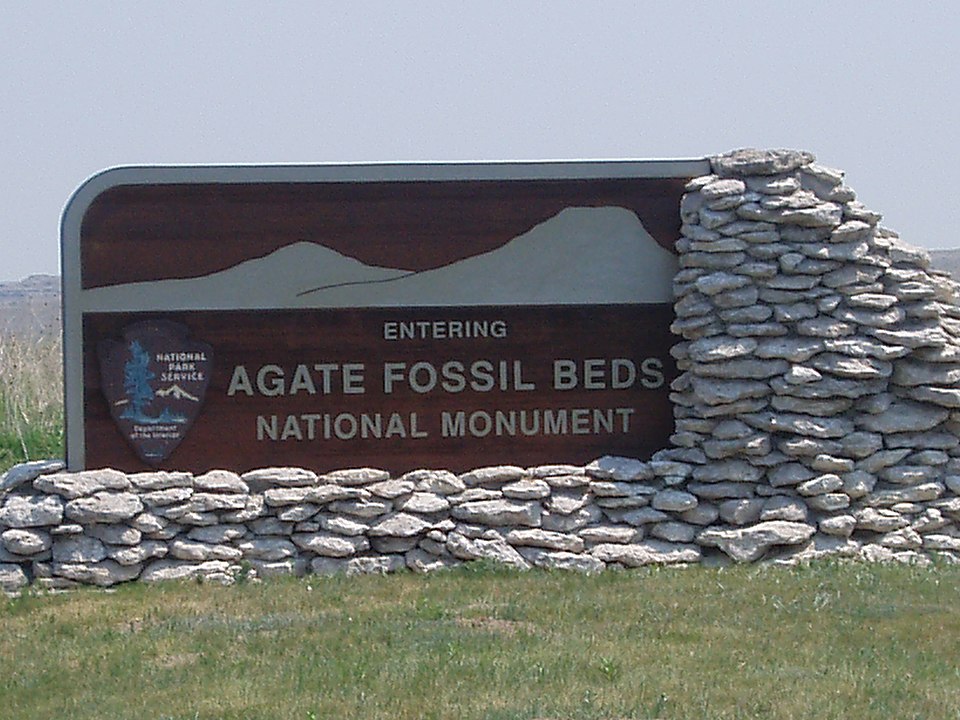
Agate Fossil Beds National Monument, Nebraska, preserves rich Miocene bone beds that drew scientists in the early 1900s. The monument was established in 1965 on ranchlands along the Niobrara River. Trails cross shortgrass prairie to hills called Carnegie and University, with panoramas that reach for miles. Summer highs often pass 90°F, yet shade is limited. Carry water, wear long sleeves for sun, and watch for rattlesnakes near rocks. The museum displays historic Lakota items collected by rancher James Cook during visits from Red Cloud and others.
11. Pullman National Historical Park, Chicago’s Model Town
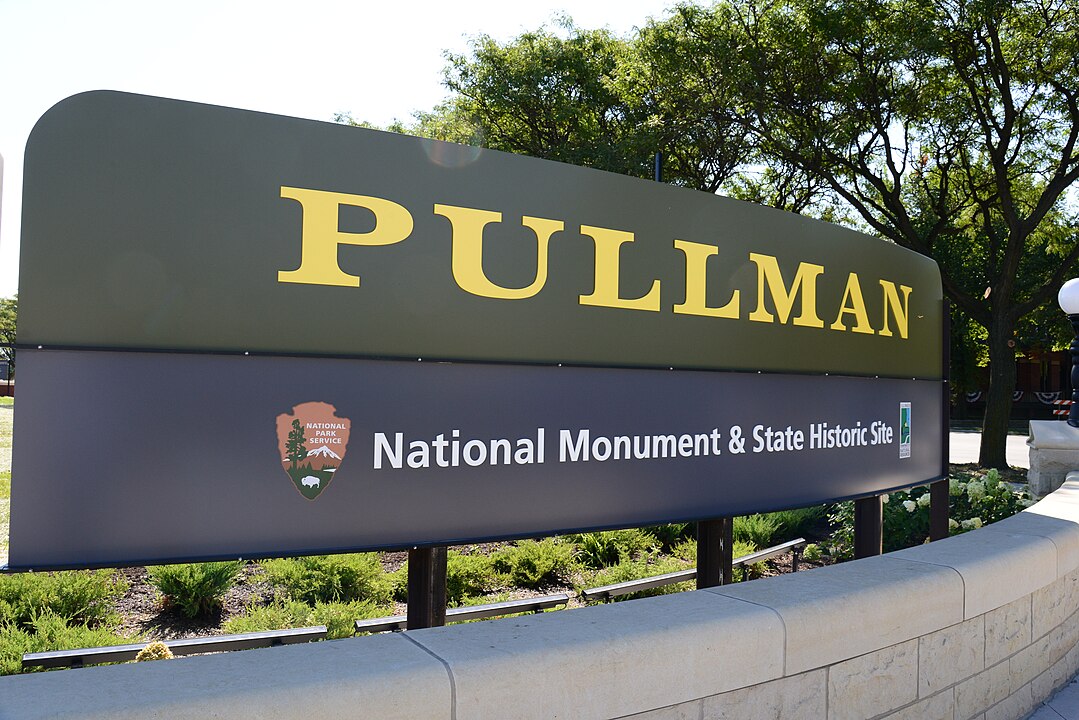
Pullman National Historical Park in Chicago tells how factory design shaped daily life. The area became a national monument in 2015, then Congress redesignated it as a national historical park in 2022. The 1880s planned community included rowhouses, a hotel, and a clock tower works. A Metra Electric station sits a short walk from the visitor center. Sidewalks are public, but many buildings are private. Obey posted signs, and use crosswalks on 111th Street, a busy road with fast traffic. The 1894 Pullman strike began here and altered labor history.
